If Tiffany & Co. had been founded in Africa by novelists H. Rider Haggard or Wilbur Smith, it would probably look something like Patrick Mavros. Mavros is that rara avis, an African luxury brand whose smart showroom on London’s Chelsea–South Kensington border can hold its own with the best of Bond Street.
A swanky flagship store in central London is hardly unusual, but instead of the familiar catechistic quartet of London, Paris, Milan and New York, Mavros operates in London, Mauritius and two African capitals, Zimbabwe’s Harare and Kenya’s Nairobi.

From the crown of his Crocodile Dundee hat to the tips of his Cape buffalo skin boots, the eponymous designer, a fourth-generation Zimbabwean, is the quintessential outdoorsman. He is so strongly redolent of the veldt that you can’t help but look for the machete that ought to be jammed into his belt. Instead, you find an exquisite silver belt buckle depicting a pair of entwined crocodiles, rendered with such artistic sensitivity that, if you don’t know him, it comes as a surprise to learn that the macho Mavros designed it himself.
That’s part of what makes Mavros so fascinating; he has the soul of an artist in the body of a special forces soldier. Back when Zimbabwe was called Rhodesia, Mavros was a member of an elite military unit, the Selous Scouts. He belonged to a crack team tasked with capturing and assassinating Joshua Nkomo, leader of the Zimbabwe African People’s Union. He did not accomplish that goal, and the two men later ran into each other on an airliner and embraced in what became a famous gesture of reconciliation.
While serving in the army, Mavros took to ivory carving, making his then-fiancée a pair of earrings. The earrings were so admired that he received further commissions. Then, long before the ivory trade was banned, he switched to sterling silver to make jewelry and more. The brand was born.
What is striking in his pieces is the sense of ruggedness tempered with sensitivity. His work is the three-dimensional equivalent of the oeuvre of American artist and photographer Peter Beard, famed for his photographs of African wildlife. The motifs are familiar: elephants, buffalos, giraffes, crocodiles and so forth, but through Mavros’s hand one sees them afresh. These are more than just naturalistic representations of flora and fauna in precious metals; they are illustrations of a narrative, and Mavros is a master raconteur.
All the pieces in his shop have a story, such as the silver elephant with the crossed tusks, inspired by Boadicea, a famous pachyderm resident of the Mara River during the 1970s and 1980s. Then there are the extravagant ashtrays depicting monkeys riding on the backs of lions, and elephants carrying upturned turtle shells.
One of his better-known pieces is a silver sculpture of a baobab tree with San people (once known as Bushmen) visible around it. Inside the hollow tree it is possible to see another man warming himself at the tiny fire of a Mexican fire opal. All the detail takes on more significance when the man who made it explains how rainwater gathers in the hollows of the tree, attracting wild animals to drink; they would be killed by the hunters hiding in the tree. Beauty, nature and death are all enmeshed in this silver sculpture of a tree.
The baobab tree is typically used as a decorative centerpiece, and in the London store it adorns a spectacular dining table made from alligator juniper, which still has its rough and rugged sides. Its surface is inlaid with turquoise, fossilized Mozambique rose coral, ammonites from Madagascar and pieces of Siberian mammoth tusks. In the basement of the shop is a wardrobe-sized humidor; Mavros and his eldest son, Alexander, are keen cigar smokers.
Mavros’s business has grown with his family, and his four sons have now joined him in it. He travels widely from his base on the family farm in Zimbabwe, while Alexander, now in his late 30s, holds court at the London store. His second son, Forbes, runs the jewelry-making in Mauritius. Mavros-knotted Elephant Hair bangle in silver is as identifiable as Cartier’s Love bracelet.
The larger pieces of silver are all made in Zimbabwe and are becoming ever more ambitious. At the moment, the studio is working on what Alexander describes as the most important piece the company has ever attempted: a fever—yes, that is the collective noun—of manta rays that will, when complete, decorate the dining table of a yacht.
It must a big yacht—when finished, 25 rays will be swimming down this plank. A few of the rays, depicted in different stages of propelling themselves through nonexistent seas, are displayed on a table in-store. They hover at different heights above the table, atop slender silver stands. The effect is magical, and, spellbound, I did not at first notice a woman sitting contentedly under the rays, signing a pile of documents.
Then Alexander introduced me to his aunt, Fee Halsted-Berning, a talented ceramicist and designer. The documents she was signing were from Hermès, which has already made one of her patterns into a silk headscarf and will be using more of her designs on everything from teacups to T-shirts. It seems that Mavros-style African luxury is catching on.
Source: newsweek.com


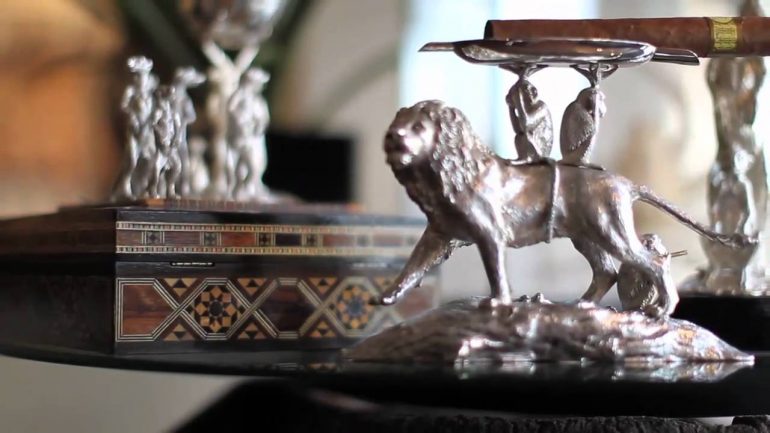
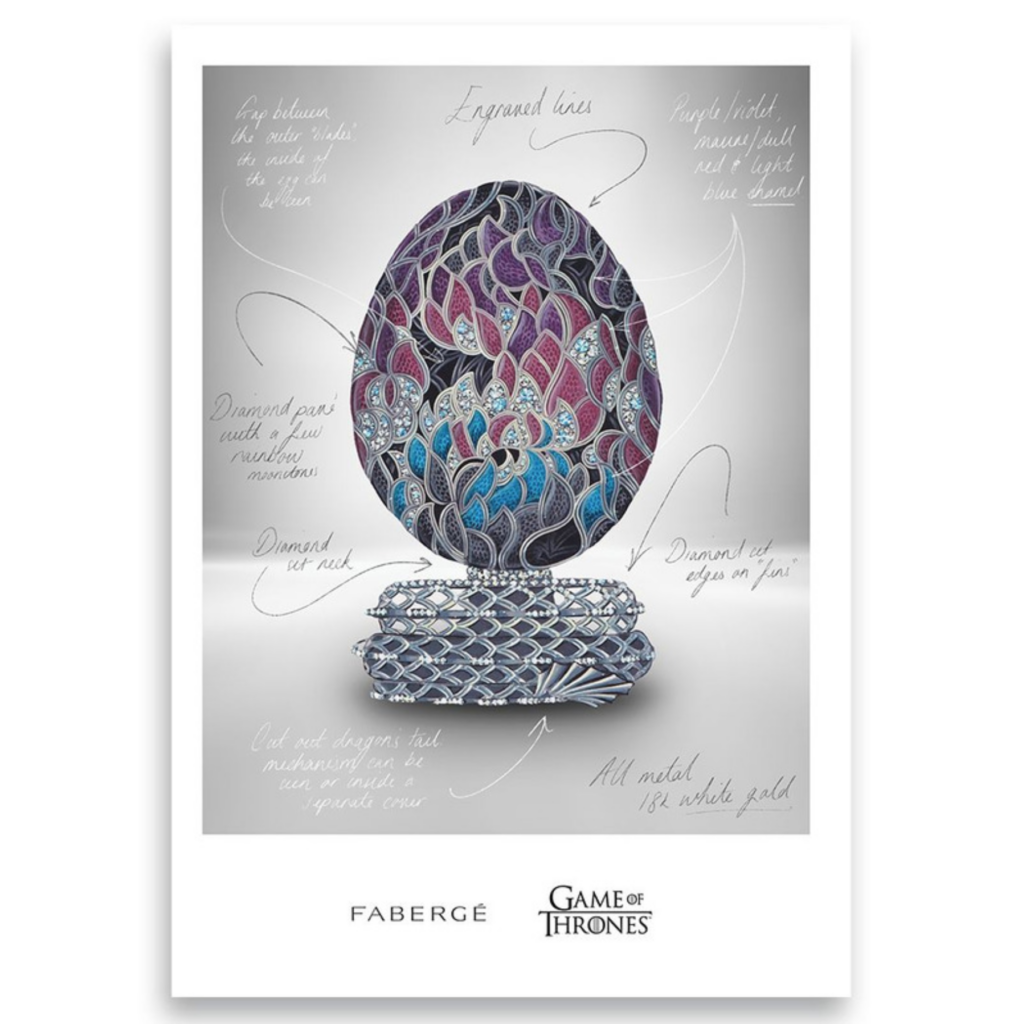

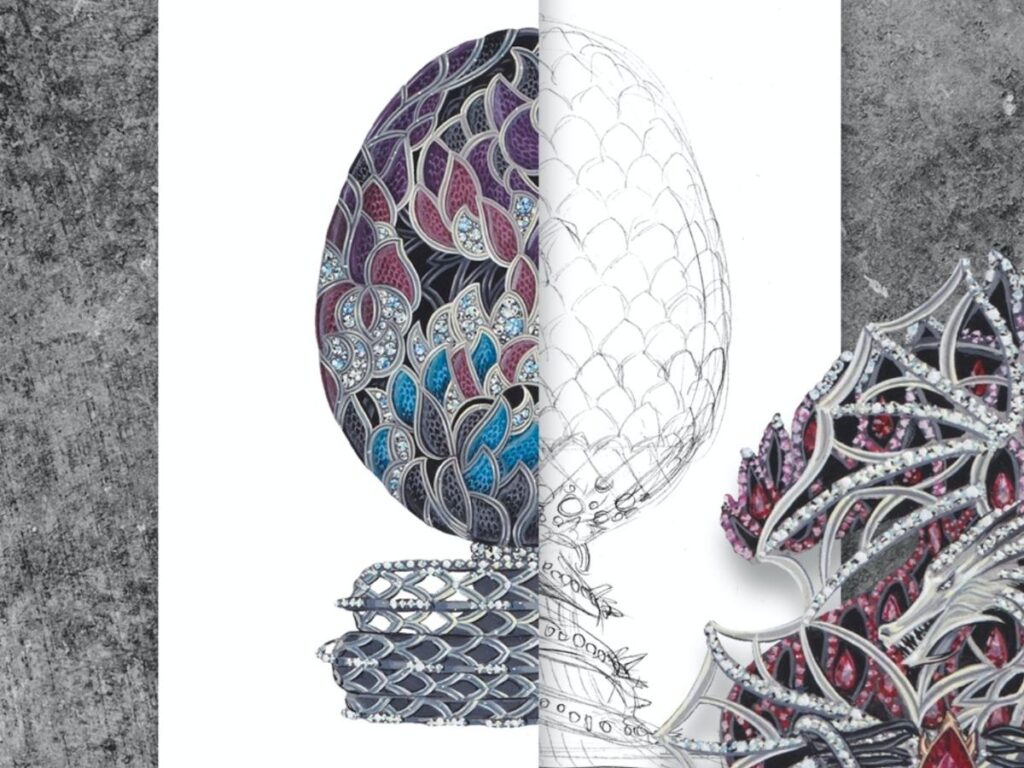


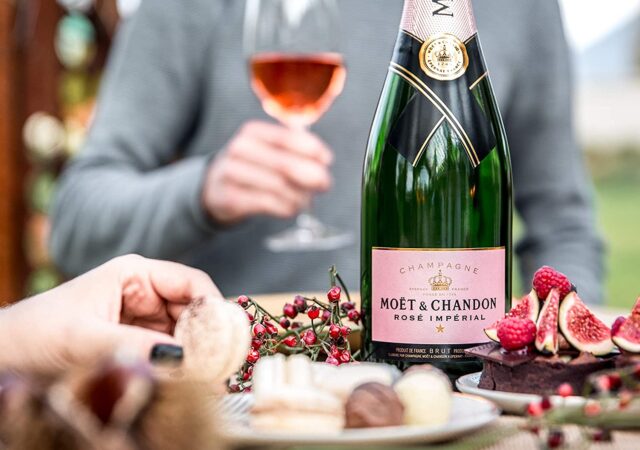
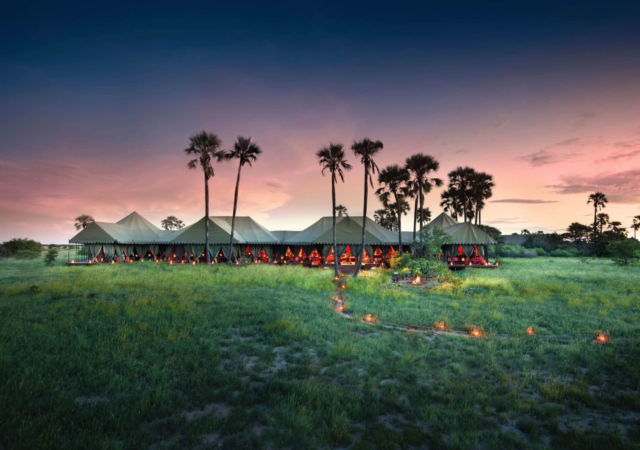
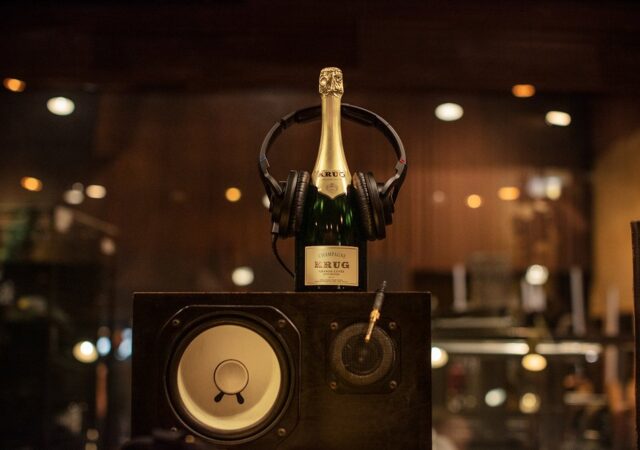
His pieces are beautiful!